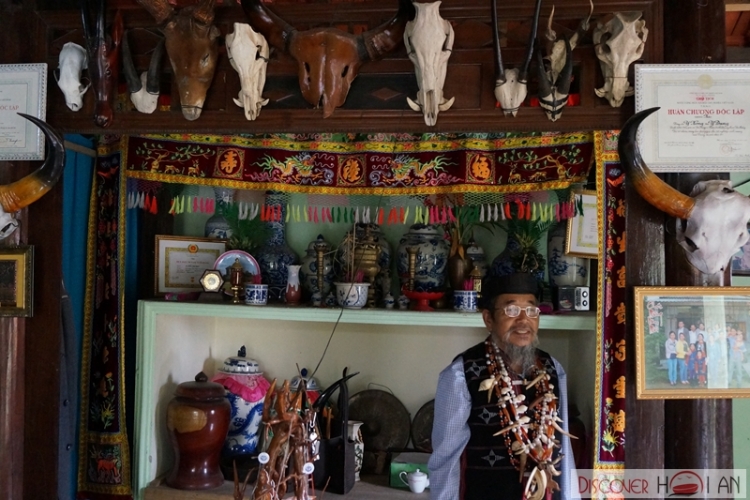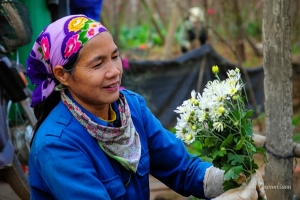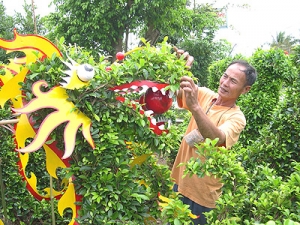The Neu pole raising ritual and Gu worship objects set that has been practiced by generations of the Cor ethnic group in central Quang Nam province is now part of the national intangible heritage.
The latest population census showed that there are nearly 39,000 Cor people residing across Viet Nam, including 5,300 in Quang Nam’s mountainous areas, mostly in the Tra Kot and Tra Nu communes of Bac Tra My district. They speak the Mon-Khmer language and hold a high spirit of traditional customs preservation.
The Neu pole raising ritual and a set of worshipping objects called “Gu” are the most distinctive features of the local spiritual life with their indispensable involvement in all important rites, such as harvests and prayers to ancestors and God.
There are three kinds of Neu poles to serve different worshipping figures including local ancestors and old gods that control their surrounding nature. With average heights ranging from 5-9 metres, the wooden posts are engraved with colourful images of the sun, the moon, mountains, streams, villages, crops and livestock. It carries an offering salver, glass beads and a sacred object among others. A sacred object is placed atop the pole and has different forms based on its reflections of the worshiping figures’ positions. Crafting Neu poles is labour intensive and often takes months to complete.
A favourable date is picked for an offering ritual of local specialties and domestic animals to invite ancestors and Gods before the Neu pole. The service is often organised by a rich family that then attracts other villagers who contribute rice, wine, chickens and pigs. The host will then sacrifice the animals and prepare a feast to serve their invited spiritual figures, sharing the food among the community and with their honourable guests.
Meanwhile, the Gu set is hung inside the house of the host. One item - the Gu Mok - is suspended on the main door for good luck while another more sophisticated item - Gu Bla - hangs in the middle of the house for gods and ancestors to sit on and receive the offerings laid beneath. The Gu MoK Tum is hung at the kitchen door and the Gu Tum, in the centre of the kitchen.
Source: VNA























































































































